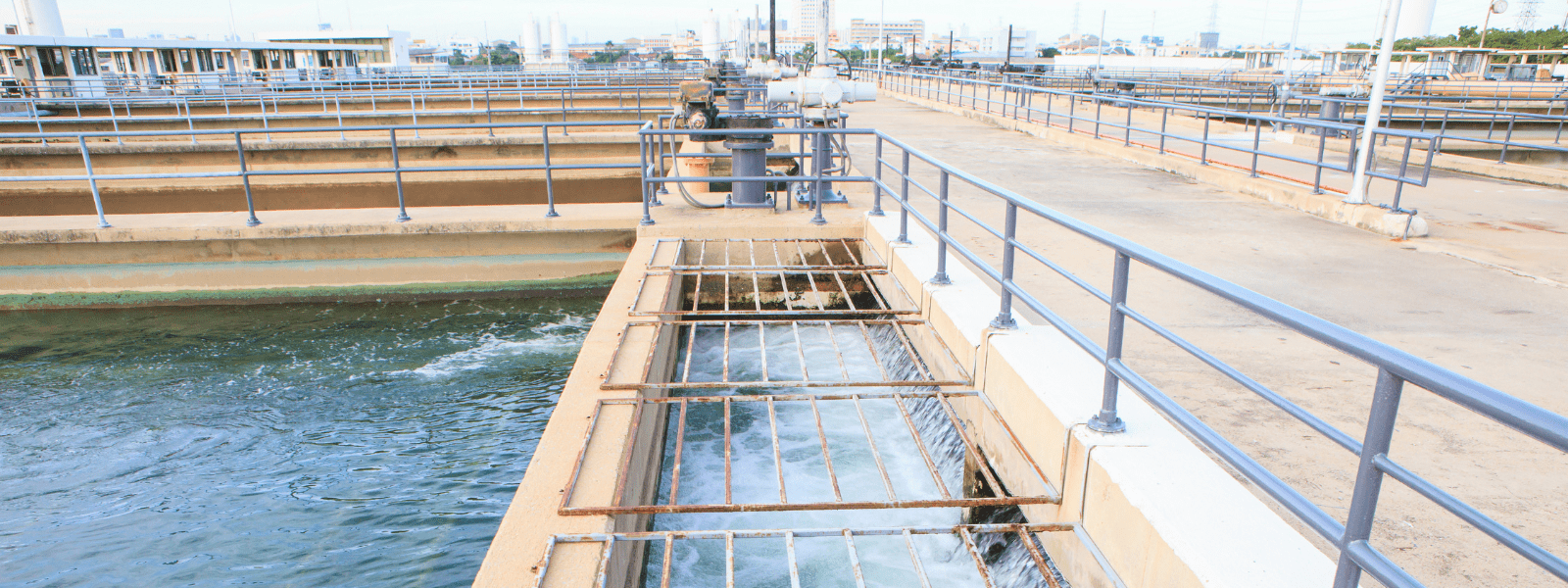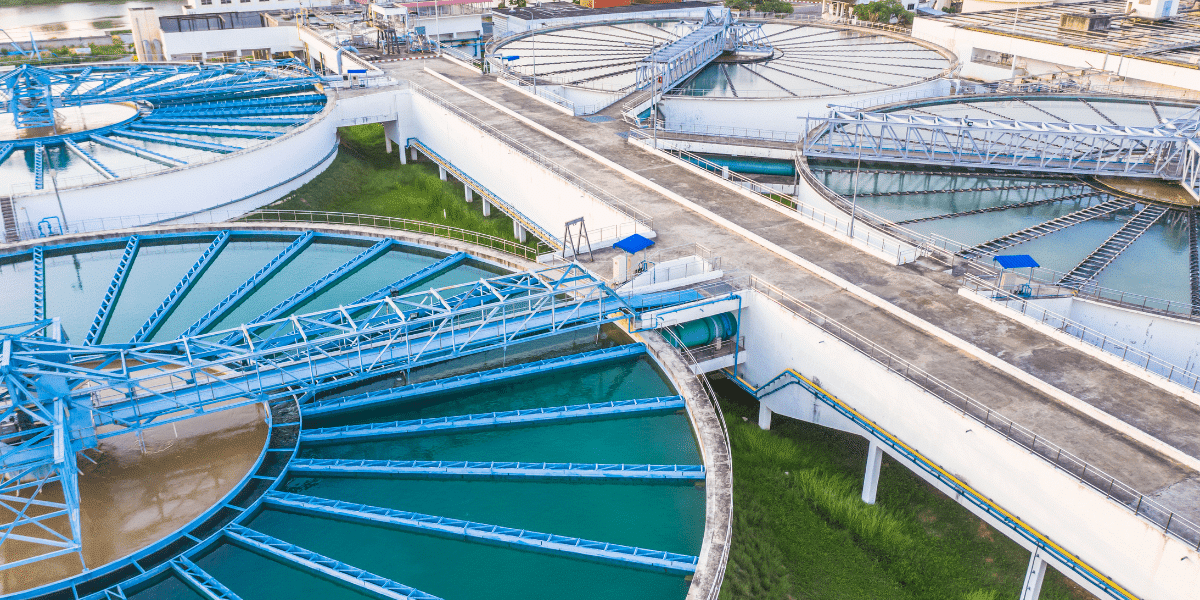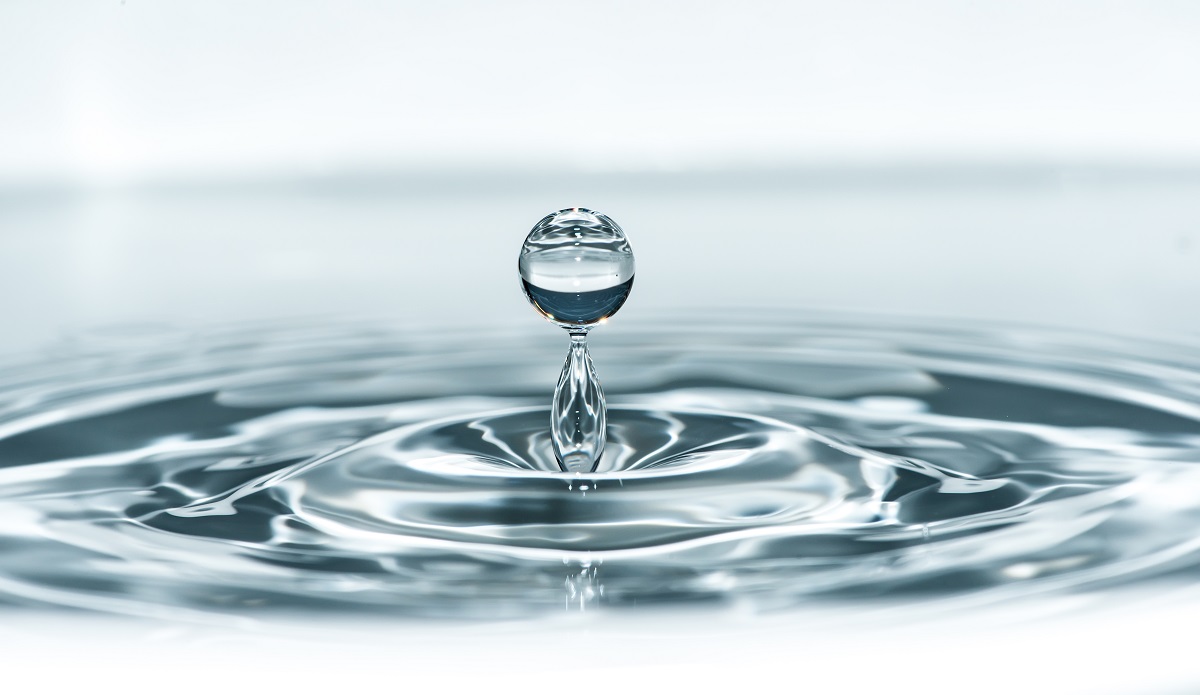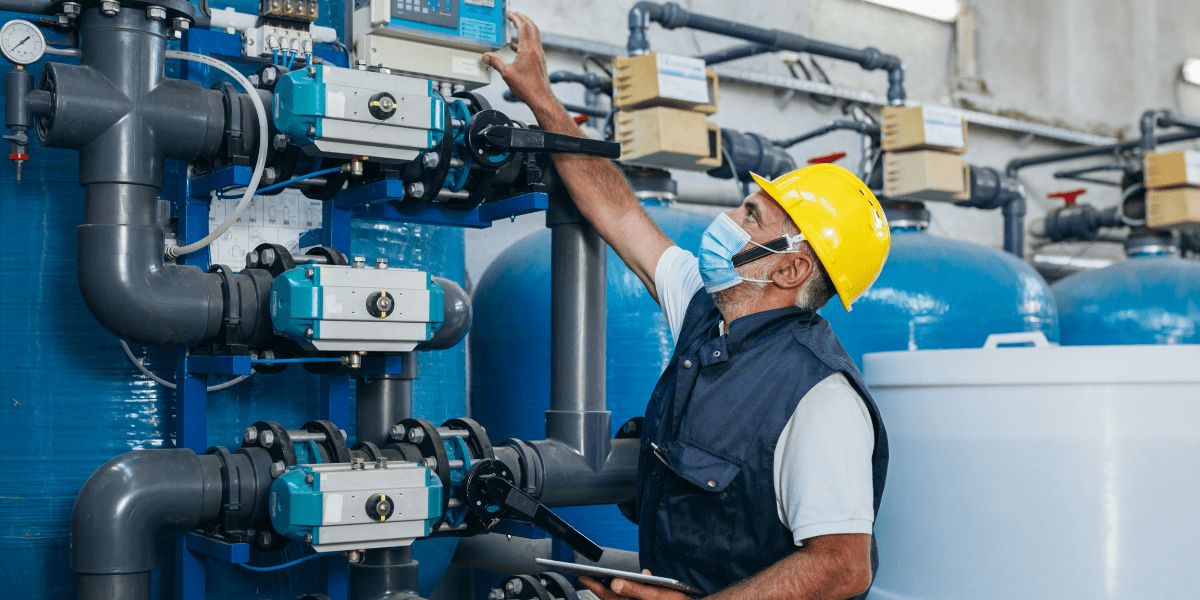Cooling towers are used industrially to release heat generated during a mechanical process. Often the water used in cooling comes from a natural...
Blog


CHEMICAL INDUSTRY NEWS
Chemical Chat – Discover What’s New!
Cooling Tower Water Chemicals
Why are cooling tower water chemicals needed? The primary objective of a cooling tower is to maintain healthy working conditions in your buildings....
Cooling Tower Water Treatment
What is a cooling tower water treatment? Cooling towers are the equipment you often see on top of commercial buildings, schools, institutions,...
Why Is Chemical Treatment of Cooling Towers Needed?
Why is chemical treatment of cooling towers needed? The primary objective of a cooling tower is to maintain healthy...
Cooling Tower Water Chemicals
Why are cooling tower water chemicals needed? The primary objective of a cooling tower is to maintain healthy working...
Company News

Managed Services
Discover the Latest in Safe and Sustainable Chemical Solutions
Stay informed with Ecolink’s blog! Subscribe now
Chemical Management Information
Stay updated with us
Sign Up for the Latest Updates
Stay informed about chemical supply chain disruptions and emerging innovations to keep your business at the forefront of efficiency and innovation. Uncover new ways to make your business practices more sustainable by incorporating safer products into your cleaning lineup.


























